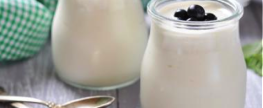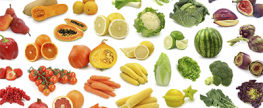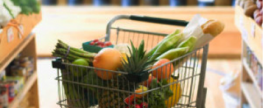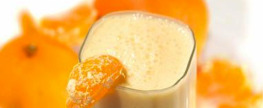
Jump 10 times, crush some cans and other tips to boost bone density Bone building reaches a peak during adolescence but then slows after age 25. In addition to this natural bone loss, we’re less likely to perform high-impact, bone-stimulating exercises (such as jumping) after age 50. This adds up to an increased risk of osteoporosis and bone breaks and fractures. Fortunately, you can build stronger bones at any age. A recent study published in the American Journal of Health Promotion shows that people who jumped 10 times twice daily increased bone density by .5 percent compared with those who didn’t and lost about 1.3 percent. (Note: the study did not include women with osteoporosis; jumping is not recommended in cases of weak bones.) Experts offer these seven easy tips for men and women to keep bones strong throughout their lives: Snack on yogurt and other calcium-rich foods. Including yogurt, cottage cheese and other low-fat dairy foods adds bone-strengthening calcium to your diet. “In addition to dairy products, choose fish with bones such as salmon, sardines or whitebait,” says registered dietitian Laura Jeffers. For additional benefits, serve these foods with a side of dark leafy green vegetables or broccoli, which also contain calcium. Other bone-building snacks include almonds, dried figs, calcium-fortified tofu and, if you prefer non-dairy, soy milk. Take a hike. Try to engage in at least 30 minutes of exercise every day, by jogging, brisk walking or aerobics — at whatever level of ability, says Susan Randall, of the National Osteoporosis Foundation (NOF). “As you build stamina, increase the duration and intensity of your exercise,” she says. To see real improvements in bone density, you need to push your intensity, says Cleveland Clinic physical therapist Maribeth Gibbon....








